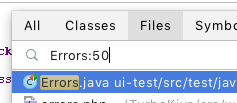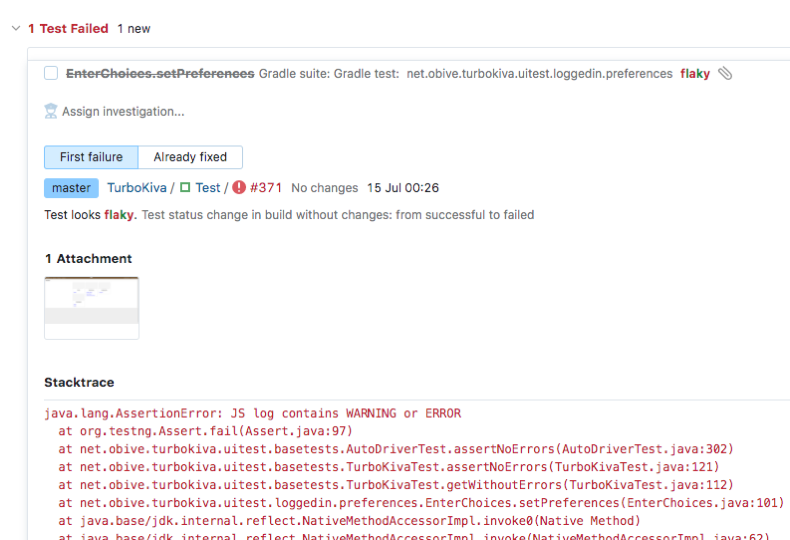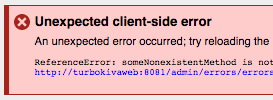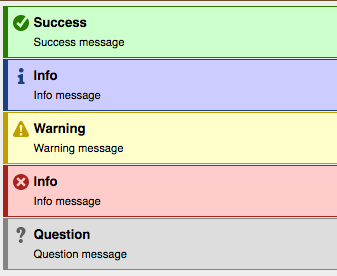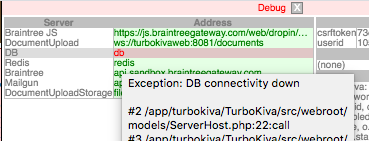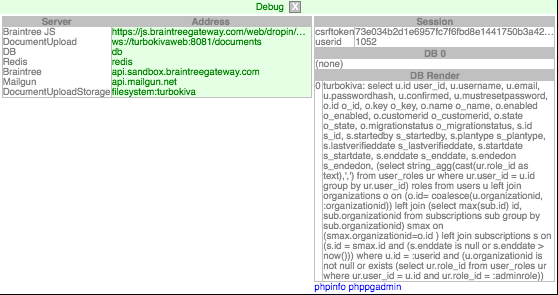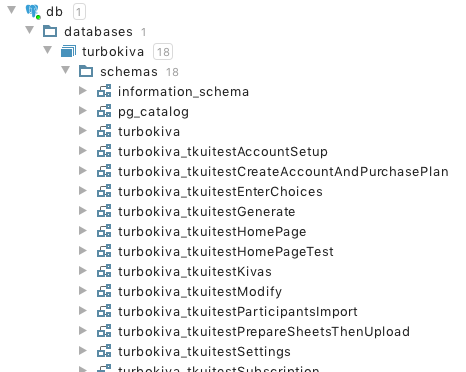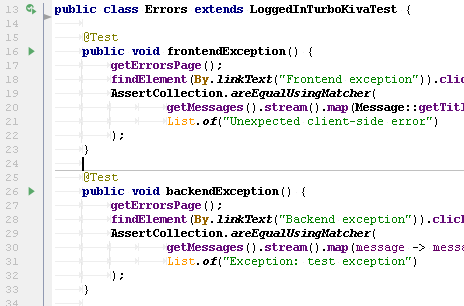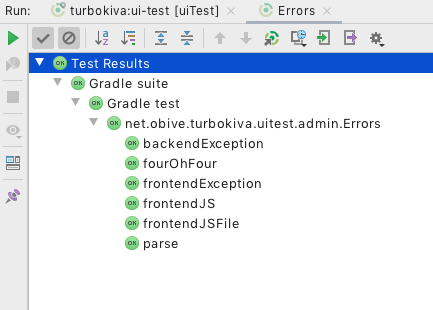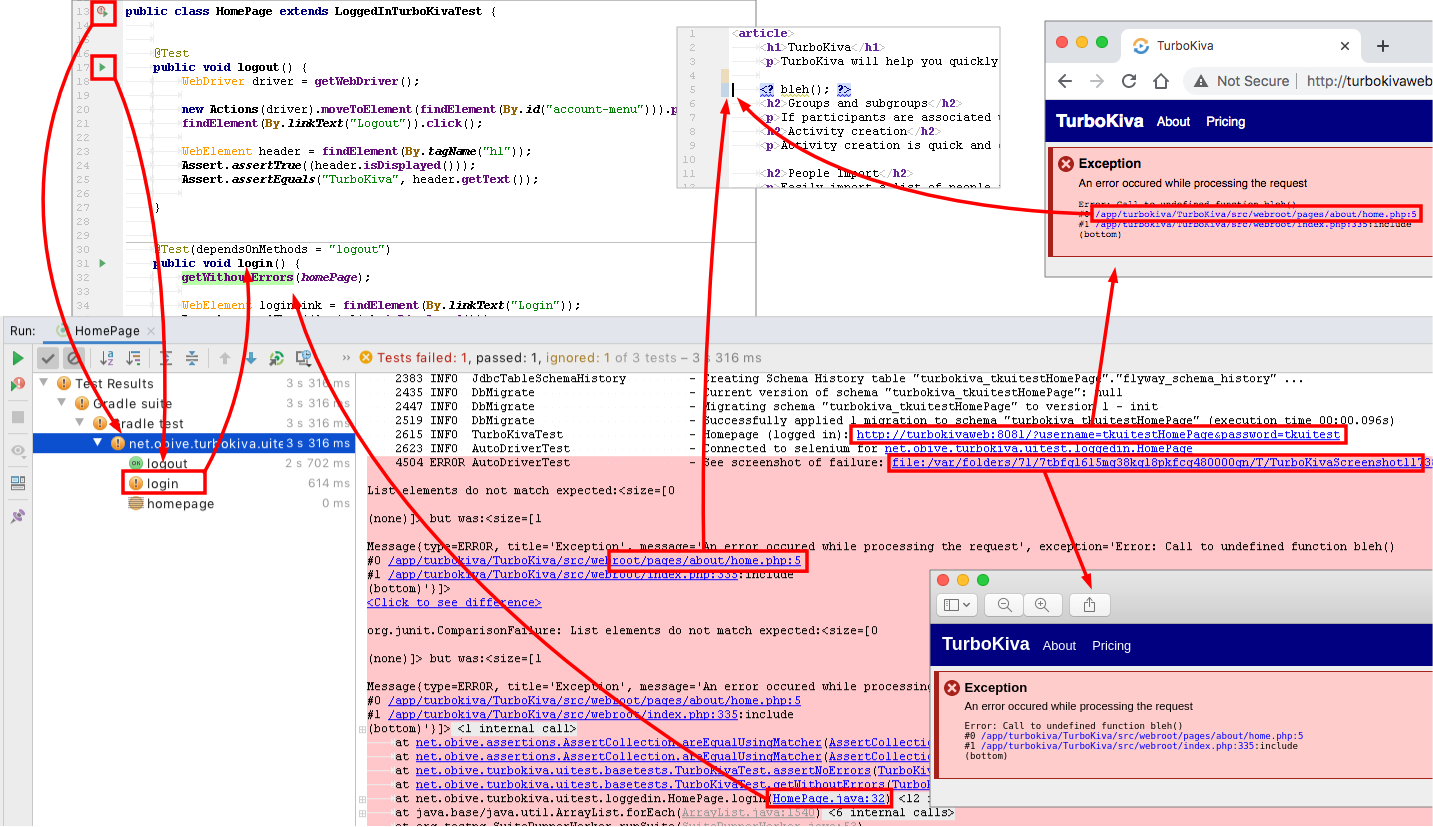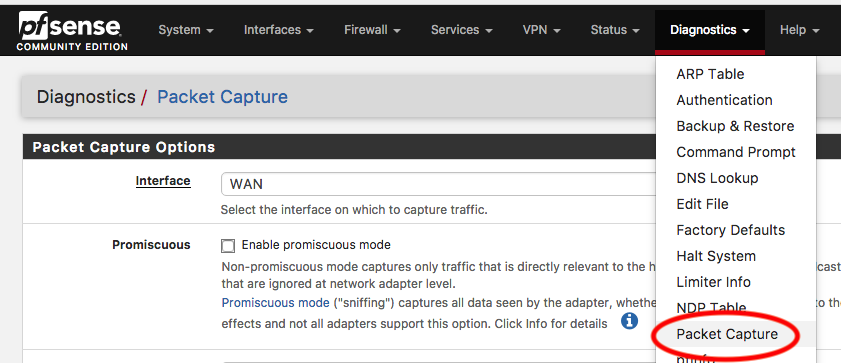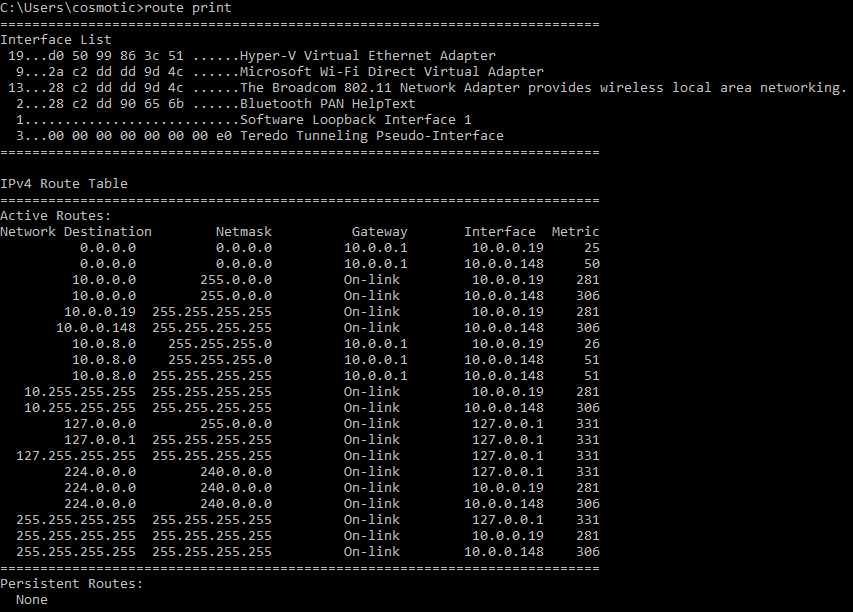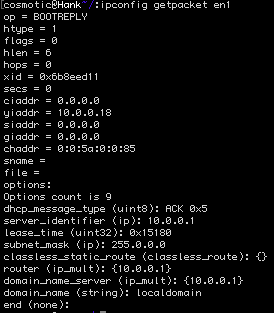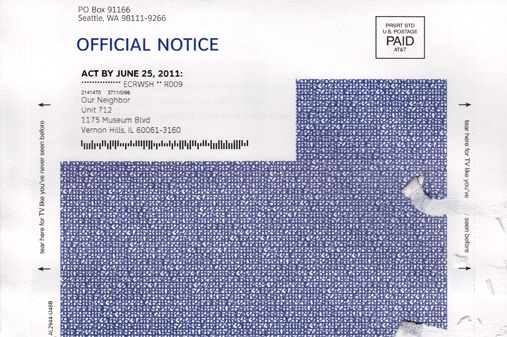On Easter, I was overwhelmed by all the pro-Easter posts and the deep baggage they (unintentionally) brought along. In response, I posted a provocative anti-religious statement which I intended to provoke a discussion. The post was insensitive and deeply hurt some people and I am truly sorry for the pain it caused.
I wanted to follow up with a more thorough and thoughtful response.
What is Religious Baggage?
For many folks, religious holidays are a time for celebration. For other folks, they are a periodic reminder of pain and suffering often inflicted by religious believers.
It hurts me deeply to know that so many of my fellow humans are part of such widely accepted, deeply troubling, historically (and contemporarily) terrorizing philosophy without a solid rational foundation. Religions’ untouchable status and people’s imposition of paramount respect for it makes discussing it social taboo. On top of all that, religion is almost always a deeply personal and long-held belief; there’s no way to quickly and easily separate with it. Attacking the beliefs is instead almost always considered an attack on the believer. Regardless of the benefit to individuals or society either historically or today, convincing a believer to acknowledge the harm religion imparts today is almost impossible.
Taken literally, most prominent religious texts describe a god and belief system that is Truly Awful. Ignoring the numerous inconsistencies and mistranslations that prove it can’t possibly be taken literally, these texts condone sexism, homophobia, slavery, eye-for-an-eye, crimes against humanity, genocide, and worse. They have been the source of hate, numerous wars, and crimes against humanity. God either doesn’t exist, was powerless to stop these atrocities, let the atrocities happen, or intended for them to happen.
Many believers accept only some portion of these texts as truth. Simultaneously declaring a religious text as the word of god, inspired by god, or historically accurate while self-declaring they know which parts are and aren’t truthful creates a personal and intellectually dishonest line which is mysterious, inconsistent, and shifting. Where this line is drawn is what separates the murderous believers from the kindhearted ones. However, their ‘faith’ is not dissimilar - it’s based on the same text and is backed by the same evidence.
This is Religious Baggage.
The impact on me
Prominent religious beliefs describe me, a homosexual, as someone who should forever be shameful for who I am and that I will suffer in eternal hell (to put it mildly). The mere presence of anything Christian, be it a bible, a cross, a Jesus fish, “in god we trust” on currency, “under god” in the pledge of allegiance, or a reference from a politician, or a Christian person makes me feel uncomfortable. For a decade I lived in fear while being routinely teased and bullied for being gay, even before I came out.
Not all religious believers are homophobic. However, it’s very difficult to accept non-homophobic believers at their word when they say they are accepting of who I am. I do not know where that acceptance came from, and I worry about its sincerity.
Over time, I ascertain the beliefs of people I know. I love my mom, I trust her, and I can’t imagine a world without her. I love the amazing people I work with at a YMCA camp I’ve been part of for 23 years. These people have never hurt me. But the background discomfort continues to linger. Maybe I have a personal problem. Maybe it’s the Religious Baggage.
I am not only worried for myself; I am worried for the millions of people that live in constant fear because of who they are. I am lucky to have loving and supporting family and friends, but others aren’t as lucky. LGBTQ people are still mistreated and murdered because of who they are, often for religious reasons. My battle against religion is just one part of how I try to protect others.
The impact on children
Children are especially susceptible to religious teachings because they take what they hear as the truth without thinking critically about the origins of those teachings. They have very little personal experience or cultural knowledge to pull from when they evaluate what they perceive including stories and statements made by authority figures like teachers and parents. This is why nearly every country on Earth has various rating systems to describe acceptable audiences. Video games, books, movies, and music are all rated or categorized to protect underage children from being exposed to potentially harmful content fearing they might misunderstand the context. One type of content that has escaped these protections is religion content.
LGBTQ youth are three times as likely to have considered or actually tried to commit suicide - not to mention pervasive bullying or other mental health concerns. From my personal experience, these attitudes are often rooted in religion. Regardless of what you believe, clearly the protections in place have fallen short.
I believe that religious texts should be considered restricted content for these reasons:
- Religious texts are typically considered ‘the word of god’ and that ‘god is a perfect being’. Yet the internal inconsistencies beg to differ with these claims. These mixed signals are complex enough that they may not be realized by children
- While religious texts are typically presented as fact, young children aren’t yet developed enough to know fact from fiction on their own
- Much of the abhorrent violence in religious texts is presented as acceptable or even suggested; this may persuade children that violence is acceptable if not desirable
- The statements about how people should or should not live and corresponding extreme consequences can have damaging effects on developing psyche
- The known mistranslations and artifacts from improper duplication are not properly annotated in most copies of religious texts
There is clear historical value in knowing about and understanding the bible (to the extent it can be understood). However, reading on their own, how is a child supposed to pick-and-choose which parts of the bible they should take literally? Appeal to authority like a church or parent is inappropriate as it does not let the child’s belief system develop independently. Most copies of religious texts do not include annotations like “this part is historically accurate”, “this part is metaphor”, “this part should be considered awful”, or “just skip this part”. Even with annotations, splicing up the bible into these types of categories sends mixed and inconsistent signals, something that I believe to be a dishonest thing to do to a child.
Here is my position on Religious Baggage and its impact on children:
- Letting a child read the bible, even through inaction, without huge explicit declarations of its fictionality and caveats that clearly delineate the terrible parts from the not-terrible parts - possibly leading to being ashamed of who they are - ranges from psychological neglect to psychological abuse.
- Repeatedly explicitly or implicitly leveraging an inescapable, eternal torture as a method to modify a child’s behavior is psychological abuse.
- Repeatedly explicitly or implicitly using the bible as an explanatory device for how the natural world works is educational neglect.
- Subduing curiosity and inquiry into the natural world by suggesting unproven and unlikely alternatives as causal is educational neglect.
- Genital mutilation including circumcision and female genital mutilation without consent is physical abuse.
I would never feel comfortable letting a child get involved with religions because of the mind field of abuse religious texts, teachings, and practices create. Unfortunately, these practices are considered socially acceptable so must sit on the sideline, terribly uncomfortably, until mindsets evolve to a point where challenging these practices is considered inoffensive.
Why disbelieve?
First of all, disbelief is the default state. There are an infinite set of things that don't exist but a finite set of things that do. The burden of proof is on the believer.
Despite religious text being comforting or maybe even convincing, none of it crosses the threshold into evidentiary support for a basis of truth. The text was written well after the documented events within it occurred, were repeatedly (mis)translated, unreliably duplicated, and manipulated for personal gain.
As time passes and humanity's understanding of the world around us develops, the explanatory power of religious text slowly diminishes. At the same time, none of the content is reinforced by substantiating evidence. It’s a one-way street from supposed fact to disproven fiction.
As time passes, more and more miracles and attributions to god can be described by natural processes discovered through science. The “literal word of god” has slowly devolved into supposed metaphors.
The bible ascribes an origin of the universe (a simpler system) to a god, which now necessitates an origin story for god (a more complex system). The bible ascribes the origins of humanity to a nonsensical scenario in the garden of Eden, but evolution is a much simpler, perfectly reproducible, repeatedly observed, and documented system which easily explains the origins of humanity.
We know of countless instances of humans writing fiction and presenting it as fact. We also know humans that lived thousands of years ago had basically no understanding of the world they lived in. They had little to no understanding of physics, biology, chemistry, math, astronomy, cosmology, etc. They were a superstitious people ruled by authoritarians. It is very easy and rational to conclude that the bible was the convergence of an uninformed people documenting a superstition and best-for-that-time understanding of how the universe worked - if not an instruction book to keep subordinates in line or to give them hope.
One of the most paradoxical parts about religion is god’s control and judgement. Prophecies and control over our own lives must be mutually exclusive and judgement over our actions must exclude interference from god. What control over our world, us, or other people does god actually have? What separates our actions and god’s impact on them when we are being judged and the pearly gates? How do prophecies and free-will (if such a thing exists) play into it? If god set the world in motion into a predetermined path, how is judgement even relevant? The answers to these questions must all be compatible with each other. As far as I can tell, there is no possible explanation that satisfies these requirements and thus a world with a judgmental god is impossible.
Even still, who will be in heaven if and when we get there? What if my utopia includes a person whose utopia excludes me? Are people living in their own simulation and destined to their own simulated heaven? If so, why would anyone involve themselves with the religious beliefs of the others in their simulation in an attempt to get to heaven?
I chose to believe in what’s provably true or statistically more likely - regardless of the comfort it may impart. It’s the only rational approach.





